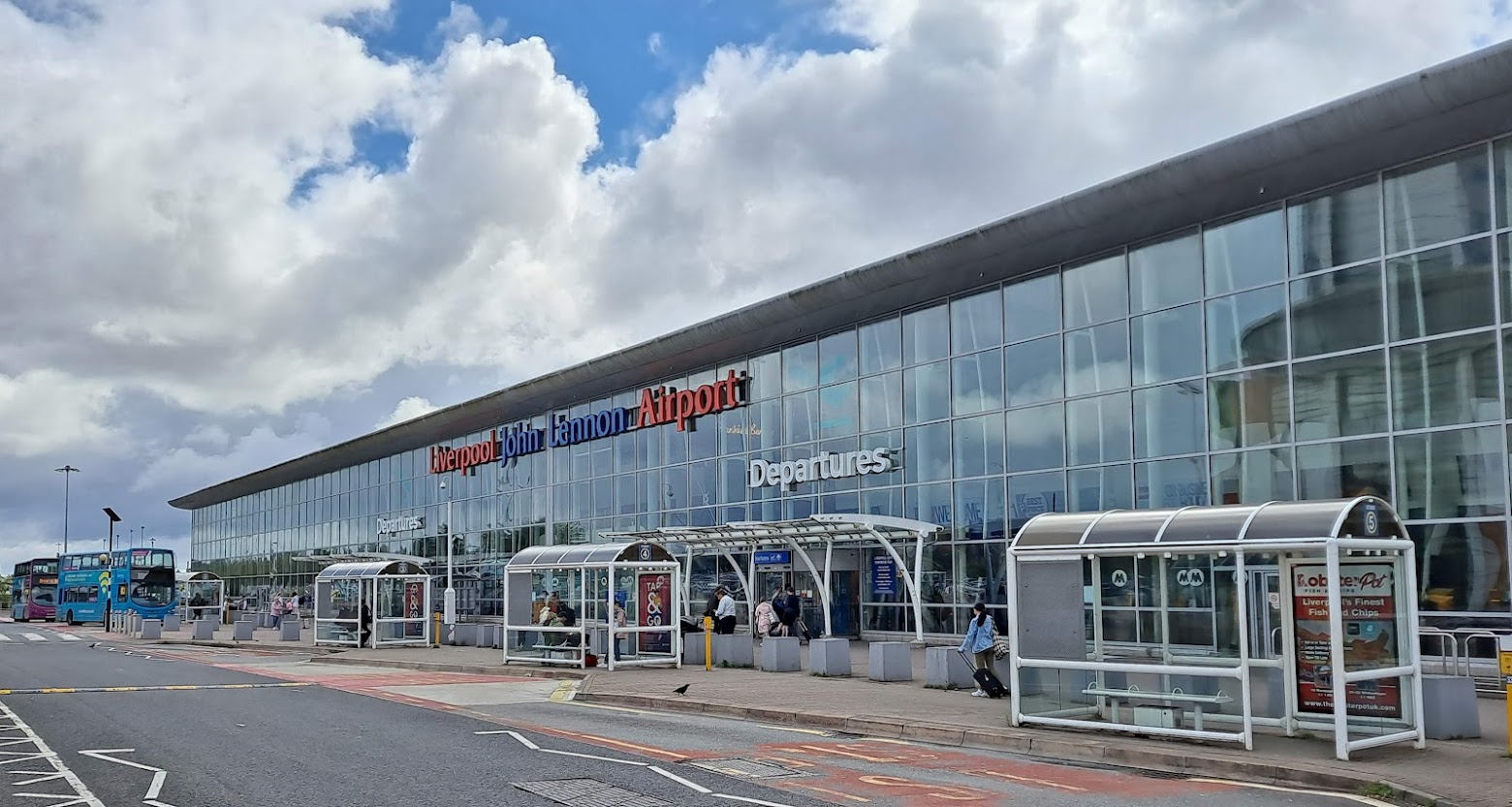Oglet Point
Coastal Feature, Headland, Point in Lancashire
England
Oglet Point

Oglet Point is a prominent coastal feature located in Lancashire, England. Situated on the western coast of the country, it is a headland that juts out into the Irish Sea. The point is known for its rugged beauty and stunning views, making it a popular destination for tourists and locals alike.
Rising approximately 30 meters above sea level, Oglet Point offers panoramic vistas of the surrounding coastline. The headland is characterized by its steep cliffs, which have been shaped by erosion over thousands of years. These cliffs provide a habitat for a diverse range of wildlife, including seabirds such as gulls and cormorants.
The point itself is composed of sandstone and shale, adding to its distinctive appearance. At low tide, a rocky foreshore is revealed, unveiling an array of rock pools teeming with marine life. This makes Oglet Point a captivating destination for nature enthusiasts, who can explore the fascinating ecosystem that exists within the pools.
The headland is easily accessible via a footpath that winds its way along the cliff tops. This path allows visitors to take in the breathtaking coastal scenery, with the opportunity to spot passing ships and even dolphins or seals in the water below.
Overall, Oglet Point is a picturesque and geologically significant headland in Lancashire. Its rugged cliffs, diverse wildlife, and stunning views make it a must-visit location for anyone seeking to experience the natural beauty of the British coastline.
If you have any feedback on the listing, please let us know in the comments section below.
Oglet Point Images
Images are sourced within 2km of 53.327419/-2.8425369 or Grid Reference SJ4381. Thanks to Geograph Open Source API. All images are credited.











Oglet Point is located at Grid Ref: SJ4381 (Lat: 53.327419, Lng: -2.8425369)
Unitary Authority: Liverpool
Police Authority: Merseyside
What 3 Words
///videos.pencils.sweat. Near Hale, Cheshire
Nearby Locations
Related Wikis
Oglet
Oglet is a small area of Liverpool, England, and the city's most southernly point. The area is entirely rural and virtually unpopulated, save for a couple...
Liverpool John Lennon Airport
Liverpool John Lennon Airport (IATA: LPL, ICAO: EGGP) is an international airport in Liverpool, England, on the estuary of the River Mersey 6.5 nautical...
Cambrian Airways Liverpool crash
On 20 July 1965 a Vickers Viscount of Cambrian Airways crashed on approach to Liverpool International Airport, after a flight from Ronaldsway Airport,...
Liverpool 08 Collection
The Liverpool 08 Collection was the Public art collection exhibited by Liverpool John Lennon Airport in conjunction with the Liverpool Culture Company...
Nearby Amenities
Located within 500m of 53.327419,-2.8425369Have you been to Oglet Point?
Leave your review of Oglet Point below (or comments, questions and feedback).









